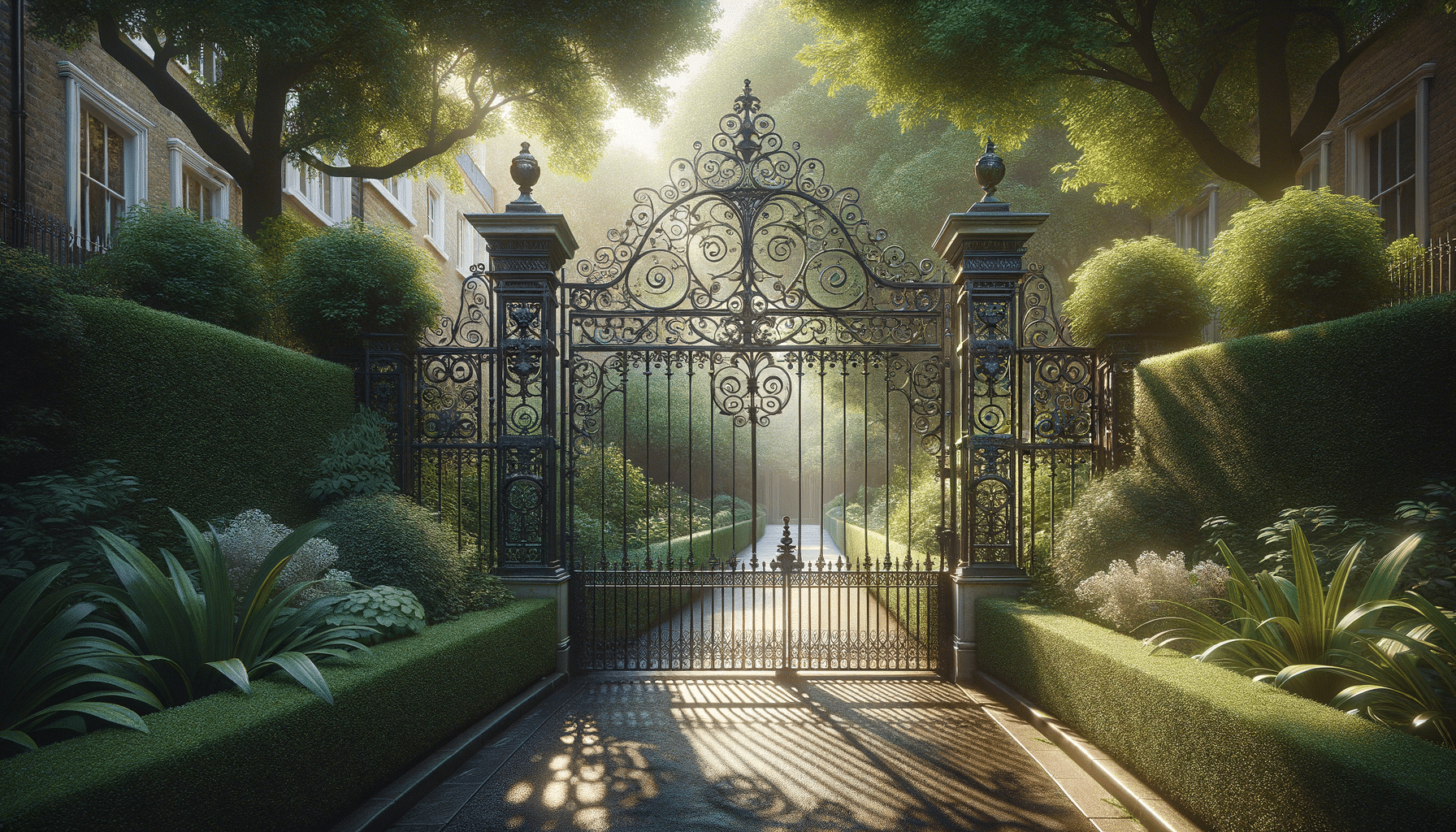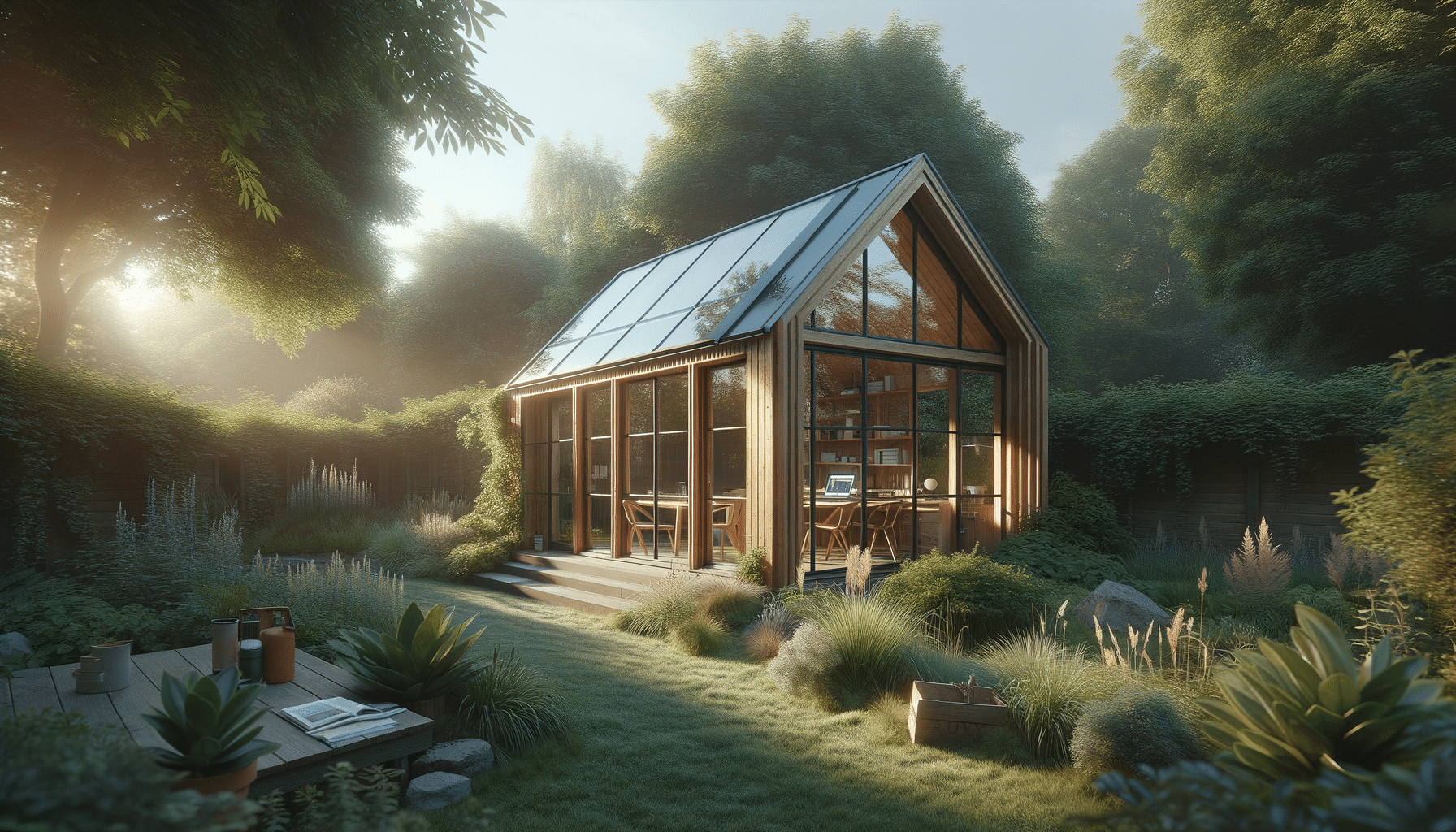
Gate Design: Where Security Meets Style
Introduction to Gate Design
Gate design plays a crucial role in both the security and aesthetic appeal of a property. Whether it’s a residential home or a commercial building, the gate serves as the first line of defense and a statement of style. A well-designed gate not only enhances the curb appeal but also provides peace of mind to the occupants. In this article, we delve into the various aspects of gate design, exploring how functionality and style can seamlessly blend to create an outstanding entrance.
Materials Matter: Choosing the Right Components
The choice of materials is foundational in gate design, affecting both durability and appearance. Common materials include wrought iron, steel, wood, and aluminum, each offering unique benefits. Wrought iron is renowned for its strength and ornate designs, making it a popular choice for traditional aesthetics. Steel gates, on the other hand, provide a modern look with exceptional durability, ideal for contemporary settings. Wooden gates offer a warm, natural appearance and can be customized to fit various styles, while aluminum provides a lightweight, rust-resistant option that is easy to maintain. When selecting materials, consider factors such as climate, maintenance, and the overall architectural style of your property.
Design Styles: From Classic to Contemporary
Gate designs vary widely, from classic to contemporary, each reflecting different tastes and architectural influences. Classic designs often feature intricate patterns and elaborate details, drawing inspiration from historical styles. These gates are perfect for properties with a traditional or vintage aesthetic. Contemporary designs, however, favor clean lines and minimalistic features, often incorporating geometric shapes and innovative materials. These gates complement modern architecture, providing a sleek and sophisticated entrance. Understanding the architectural context of your property helps in choosing a gate design that enhances its overall appeal.
Technological Innovations in Gate Design
Modern gate design is increasingly incorporating technological advancements to enhance functionality and security. Automated gates, equipped with remote controls or smartphone apps, offer convenience and improved access control. Additionally, features such as integrated intercom systems and security cameras provide enhanced monitoring and communication capabilities. These technological innovations not only improve security but also add a layer of sophistication to the property. When considering technological features, it’s important to balance functionality with budget and ensure that the technology is user-friendly and reliable.
Balancing Security and Aesthetics
While security is a primary function of any gate, aesthetics should not be overlooked. A well-designed gate can increase property value and enhance the overall appeal. Achieving a balance between security and aesthetics involves careful planning and design. For instance, incorporating decorative elements such as scrollwork or finials can add visual interest without compromising security. Additionally, choosing a color palette that complements the surrounding environment can create a harmonious look. Ultimately, the goal is to design a gate that not only protects but also enhances the beauty of the property.
Conclusion: Crafting the Perfect Entrance
Gate design is a multifaceted discipline that requires a keen understanding of materials, styles, and technology. Whether you’re aiming for a traditional look or a modern aesthetic, the key is to create a design that meets your security needs while enhancing the property’s visual appeal. By considering factors such as material selection, design style, and technological integration, you can craft a gate that serves as a welcoming and secure entrance. As you embark on your gate design journey, remember that the perfect gate is one that reflects your personal style while providing the utmost security and functionality.


